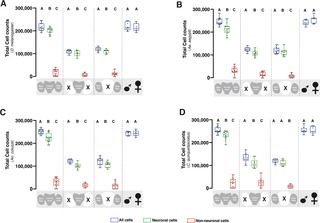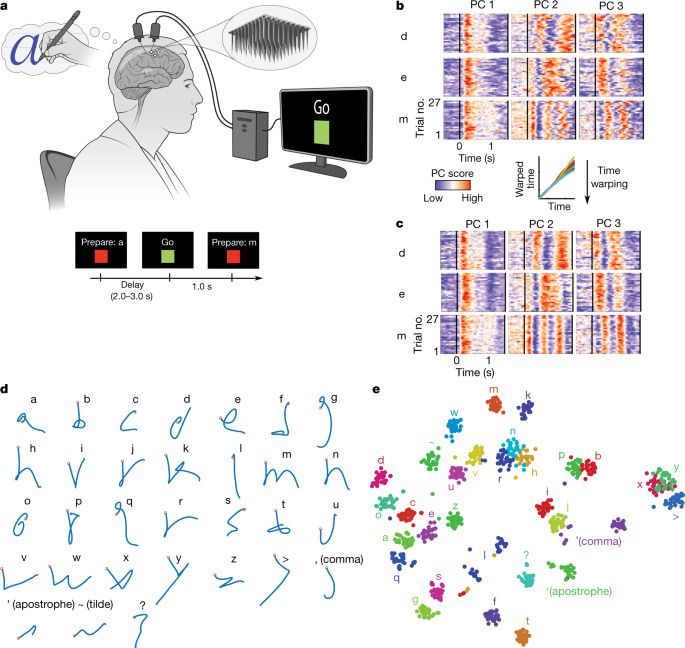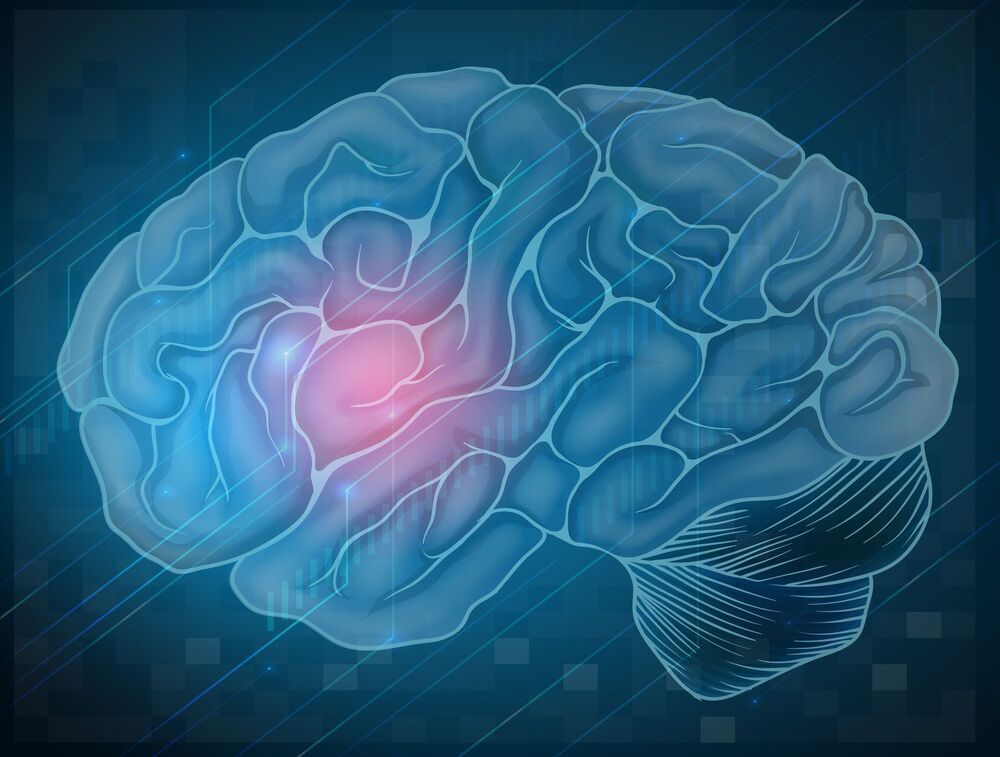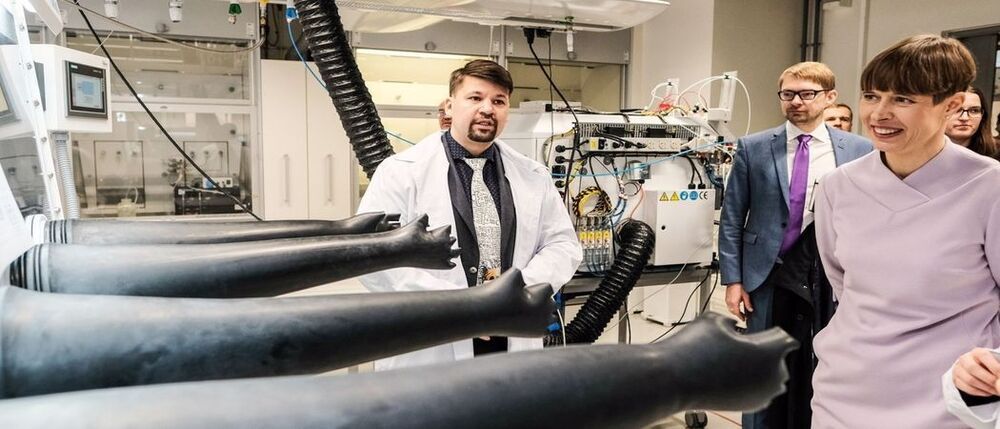Various insect species serve as valuable model systems for investigating the cellular and molecular mechanisms by which a brain controls sophisticated behaviors. In particular, the nervous system of Drosophila melanogaster has been extensively studied, yet experiments aimed at determining the number of neurons in the Drosophila brain are surprisingly lacking. Using isotropic fractionator coupled with immunohistochemistry, we counted the total number of neuronal and non-neuronal cells in the whole brain, central brain, and optic lobe of Drosophila melanogaster. For comparison, we also counted neuronal populations in three divergent mosquito species: Aedes aegypti, Anopheles coluzzii and Culex quinquefasciatus. The average number of neurons in a whole adult brain was determined to be 199380 ±3400 cells in D. melanogaster, 217910 ±6180 cells in Ae. aegypti, 223020 ± 4650 cells in An. coluzzii and 225911±7220 cells in C. quinquefasciatus. The mean neuronal cell count in the central brain vs. optic lobes for D. melanogaster (101140 ±3650 vs. 107270 ± 2720), Ae. aegypti (109140 ± 3550 vs. 112000 ± 4280), An. coluzzii (105130 ± 3670 vs. 107140 ± 3090), and C. quinquefasciatus (108530 ±7990 vs. 110670 ± 3950) was also estimated. Each insect brain was comprised of 89% ± 2% neurons out of its total cell population. Isotropic fractionation analyses did not identify obvious sexual dimorphism in the neuronal and non-neuronal cell population of these insects. Our study provides experimental evidence for the total number of neurons in Drosophila and mosquito brains.
Citation: Raji JI, Potter CJ (2021) The number of neurons in Drosophila and mosquito brains. PLoS ONE 16: e0250381. https://doi.org/10.1371/journal.pone.
Editor: Matthieu Louis, University of California Santa Barbara, UNITED STATES.








